Report : "Violent Crime in D.C. Hits 30 Year Low"
Friday, January 3, 2025
WASHINGTON - Total violent crime for 2024 in the District of Columbia is down 35% from 2023 and is the lowest it has been in over 30 years, according to data collected by the Metropolitan Police Department (MPD) and announced by United States Attorney Matthew M. Graves. A breakdown of the data is available here.
In addition to the overall violent crime reduction, homicides are down 32%; robberies are down 39%; armed carjackings are down 53%; assaults with a dangerous weapon are down 27% when compared with 2023 levels, with the District reporting the fewest assaults with dangerous weapons and burglaries in over 30 years.
“The strategy this Office began to employ shortly after I came into this role has been to work with our law enforcement partners to focus on the drivers of violence - those gangs or crews of people who are dealing drugs, protecting turf, committing carjackings and other robberies, all while armed,” said U.S. Attorney Graves. “It takes time to develop these investigations and prosecutions, but this is the fruit of that labor - a reduction in the violent crime - that D.C. is now seeing.”
A central component of this strategy has been targeting those crews who have preyed upon certain neighborhoods in our community, often operating drug trafficking networks in these neighborhoods. These proactive investigations and prosecutions have yielded immediate reductions in violence that have had lasting impact. For instance, an MPD analysis of crime trends in the area around MLK Mellon before and after a crew operating a drug market in that area was arrested revealed that there was a 66% reduction in violent crime in the area when comparing the six months prior to the arrests to the six months after the arrests. Even two years after these arrests, there was a 56% reduction in the number of homicides that occurred after the arrests when compared to the two years before.
Another key component of this proactive approach was implementing in April 2022, Project Safe Neighborhood - a daily review by the Office and our law enforcement partners of every firearms arrest in the District to determine, using objective criteria about the person arrested and the firearm recovered, whether the case should be charged in U.S. District Court or D.C. Superior Court. Since April 2022, the Office has accepted for prosecution in U.S. District Court more than 150 gun offenders under this initiative.
Finally, the Office has continued to do all that it can to hold accountable those who commit violent crimes with firearms and those who illegally possess firearms. And the Office has committed to provide on a quarterly basis data related to these efforts - data that can be found here. This data reflects that in the first half of 2024, the Office was able to charge at the time of arrest more than 90% of arrests for violent crimes committed with guns and nearly 70% of gun possession arrests. The Office continues to investigate many of these arrests even if it does not charge on the day of arrest. Also in the first half of 2024, the Office obtained convictions in approximately 75% of these gun-related cases.
These numbers related to firearms offenses are critical and stand in stark contrast to the overall day-of-arrest charging rate for every arrest in the District of Columbia, which is a significantly less informative metric. The vast majority of arrests in the District of Columbia are for misdemeanor offenses that are often non-violent in nature. For such offenses, the Office has had a longstanding practice of giving great weight to victims’ wishes about whether they want charges brought. For a variety of reasons, a substantial number of victims do not want criminal charges brought for these relatively minor offenses.
In Fiscal Year 2019, the Office expanded into a new section the number of prosecutors devoted to reviewing arrests and examining body-worn camera (BWC) footage - Fiscal Year 2018 was the first Fiscal Year where BWC had been fully deployed for the entire year - to determine whether the BWC footage reflected issues that would later require the Office to dismiss a prosecution or if there were otherwise fatal flaws with the case. This section is called the Early Case Assessment Section (ECAS). The combination of BWC footage and ECAS’s early detection of arrests that, if charged, would later need to be dismissed led to relatively modest decreases in cases charged at the time of arrest in Fiscal Years 2018 and 2019.
The overall day-of-arrest charging rate dropped dramatically in Fiscal Years 2020, 2021, and 2022, as the global pandemic brought the criminal justice system to a halt and the D.C. Department of Forensic Sciences lost its accreditation in 2021.
Our Office, along with our local partners, worked to overcome these challenges and the overall day-of-arrest charging rate in Fiscal Year 2024 of 57% is virtually identical to the 54% day-of-arrest charging rate that the Office reported in Fiscal Year 2019 after forming ECAS. More significantly, though, the Office dismissed far fewer of the cases it charged in Fiscal Year 2024 than it did in Fiscal Year 2018, so more arrests resulted in a prosecutorial outcome in Fiscal Year 2024 than in Fiscal Year 2018. For felonies, in particular, the percentage of cases with a prosecutorial outcome rose from 66% in Fiscal Year 2018 to 85% in Fiscal Year 2024.
There is value in addressing the issues, such as the lack of drug testing, that were preventing our Office from charging, at the time-of-arrest, non-violent misdemeanor offenses. While charging more non-violent offenses can benefit the community and offenders are often sentenced to periods of probation with services that hopefully aid in rehabilitation, these cases typically do not identify and remove violent offenders from the community. As is universally recognized, targeting the relatively limited number of individuals responsible for driving gun violence is the most impactful thing that prosecutors can do to contribute to the kinds of sharp declines in violent crime the District saw in 2024. To that end, multiple proactive investigations are already underway that should further reduce violent crime in 2025.

